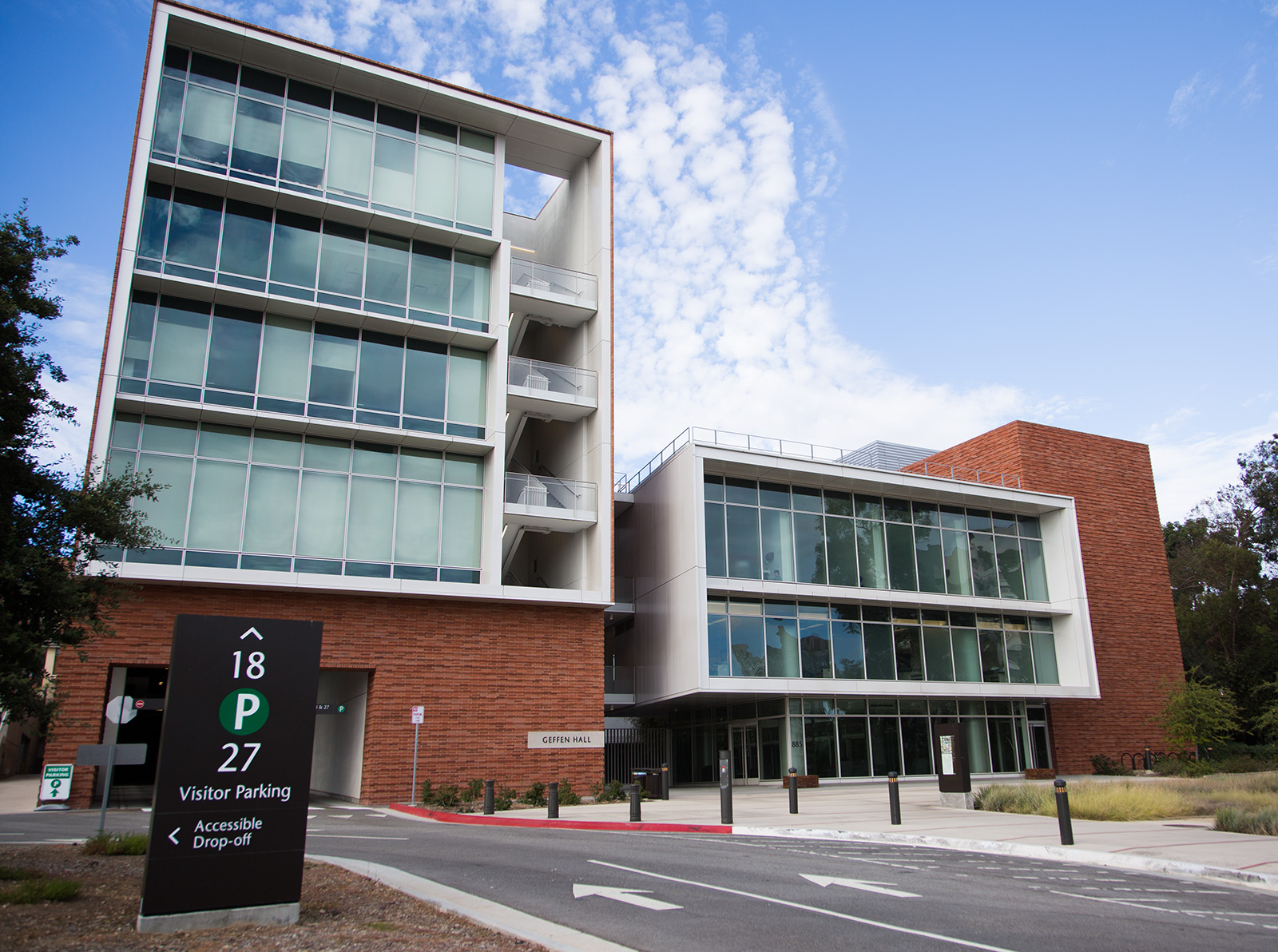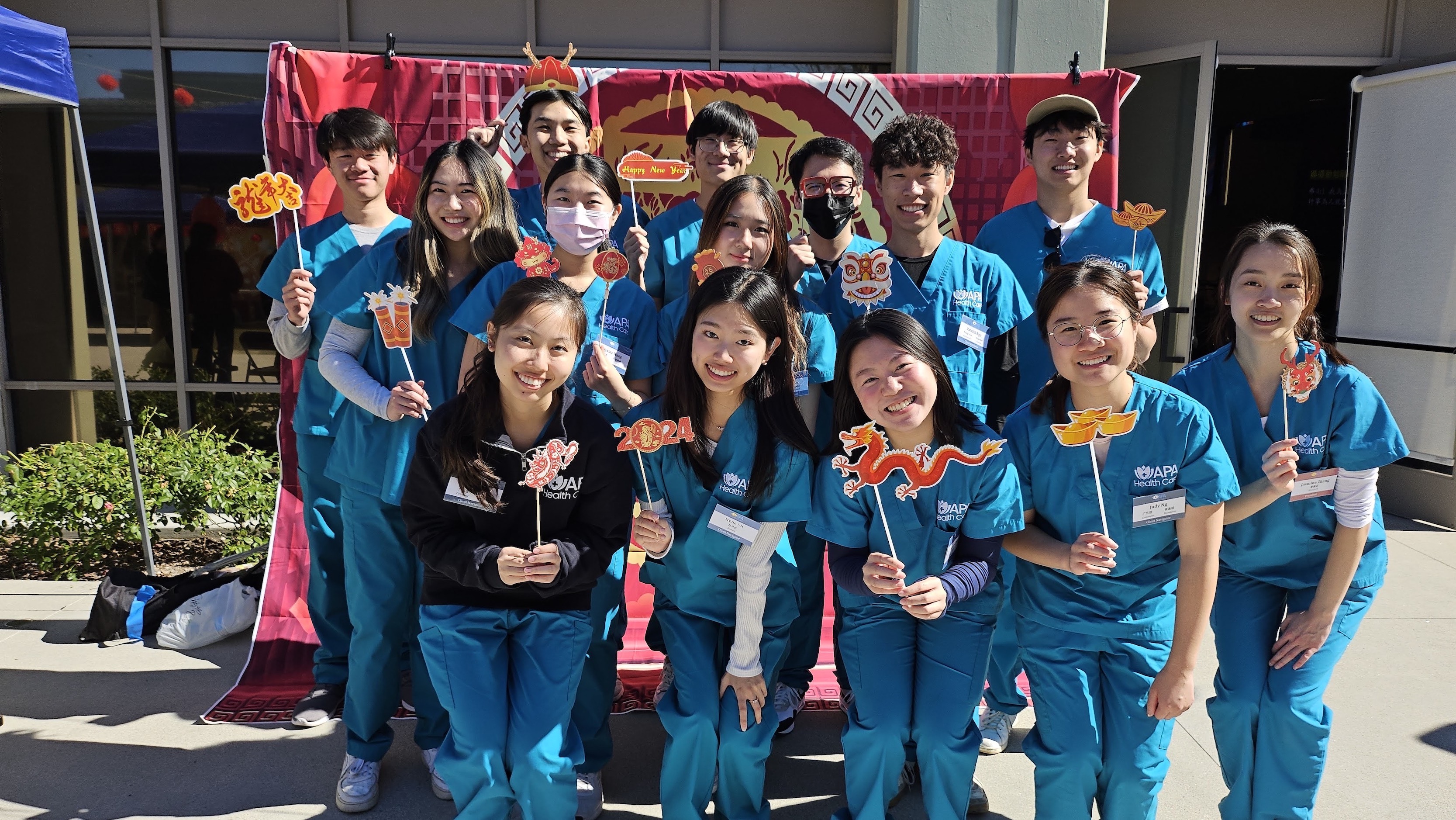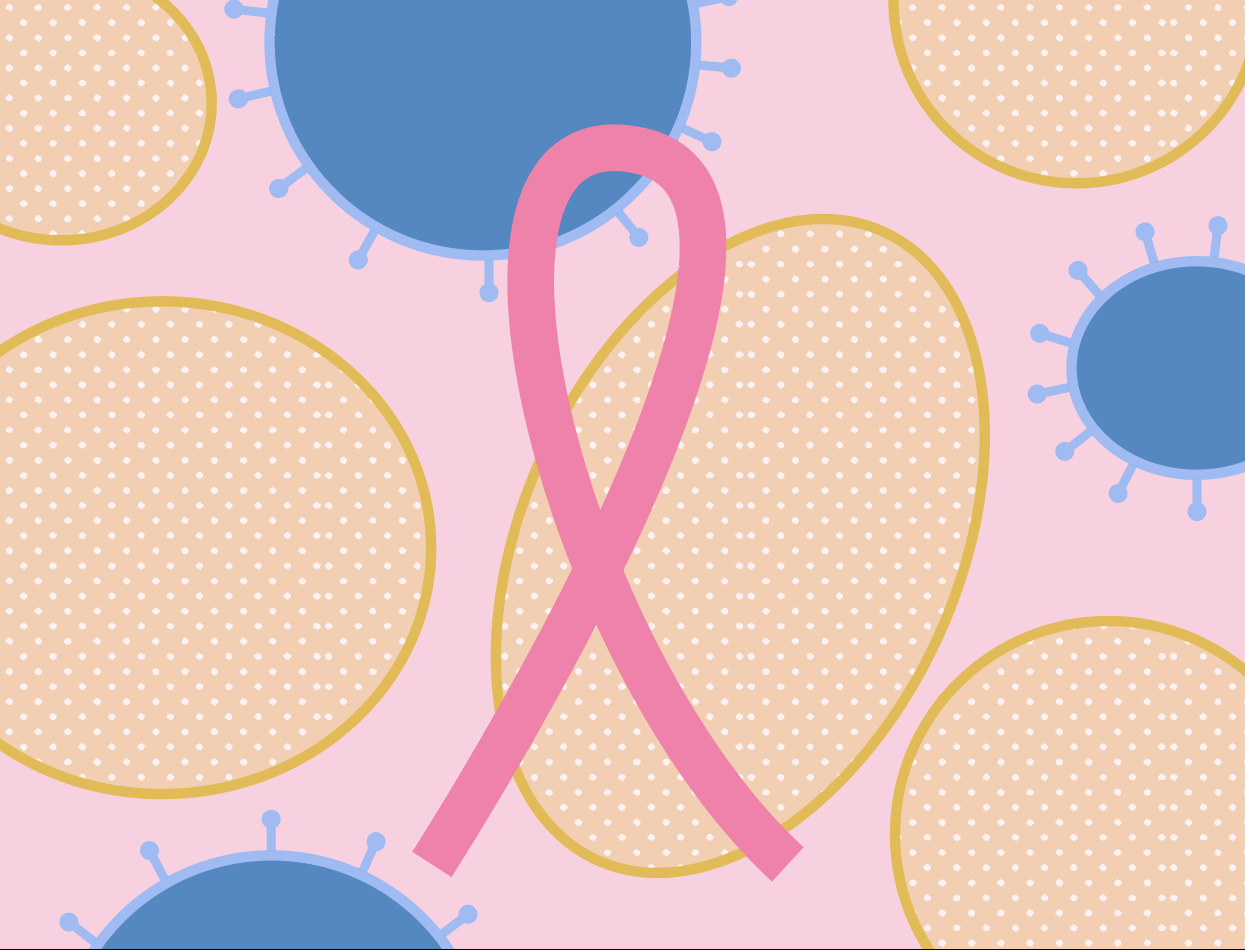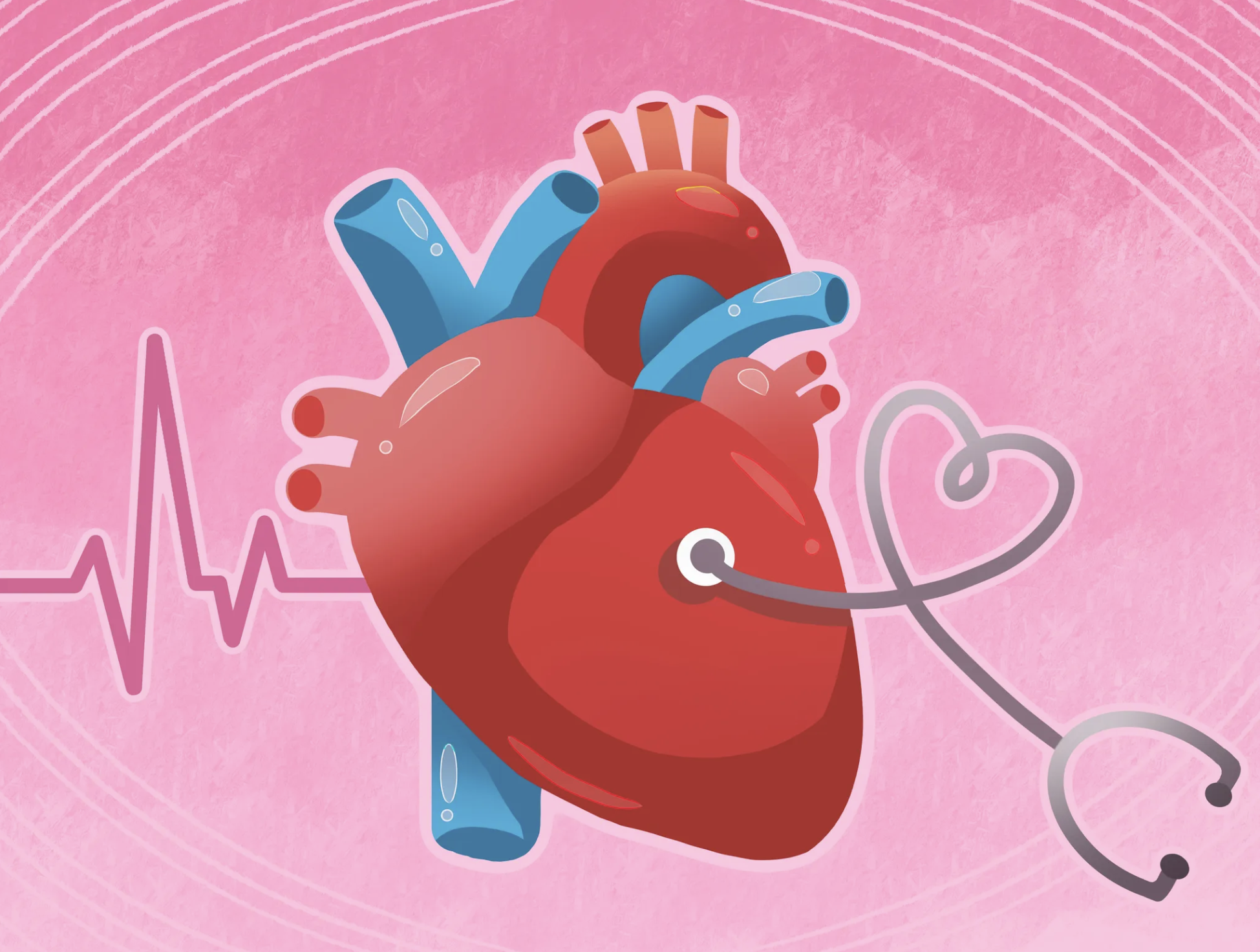Q&A: Epidemiology professor Nina Harawa talks HIV prevention, care in Black communities

The David Geffen School of Medicine is pictured. Nina Harawa serves professor of medicine and epidemiology at the David Geffen School of Medicine and sat down with the Daily Bruin to discuss HIV prevention and care in Black communities. (Daily Bruin file photo)
By Alyssa Wong
March 1, 2025 9:58 p.m.
This post was updated March 2 at 11:45 p.m.
Nina Harawa, a professor of medicine and epidemiology at the Fielding School of Public Health and the David Geffen School of Medicine, sat down with Daily Bruin contributor Alyssa Wong to discuss HIV prevention and treatment in Black communities.
Harawa received her master’s and doctorate degrees in epidemiology at UCLA and directs the Policy Impact Core of the UCLA Center for HIV Identification, Prevention and Treatment Services. She also serves as a professor of medicine at Charles R. Drew University of Medicine and Science, where she is associate director of research at the Drew Center for AIDS Research, Education and Services.
This interview has been edited for length and clarity.
Daily Bruin: National Black HIV/AIDS Awareness Day was Feb. 7. What are the realities you want people to be aware of in terms of HIV, including its disproportionate impact on Black people?
Nina Harawa: I’d like people to know that it’s still a problem in the U.S. There’s a lot of other things that compete for people’s awareness. I think people are often not aware of how much of a problem it still is in the United States, but it is still a problem. We’ve seen some decline in new cases over the last 10 years, but we still have some 30,000 new cases a year. We still see this overrepresentation among cases overall in terms of the Black community. A little over 40% of new cases occur among Black people, even though we only comprise about 13% of the U.S. population.
DB: What would you say are the main reasons HIV disproportionately affects Black communities in the U.S.?
NH: That’s not a simple question, and I think we have some of the answers, probably not all of them, but part of it is this idea of sexual networks. Often we associate HIV or sexually transmitted infections with certain types of risky behaviors. But generally, when we look at surveys, those behaviors that maybe increase risk, there’s not these huge differences in them by race.
There’s some evidence that there’s more mixing between lower- and higher-risk individuals in Black communities than there are in other communities, things like female-to-male sex ratios contribute to that. Because of differential incarceration, mortality, even entry into the army – there’s fewer Black men for every one Black woman.
We also have another big contributing factor, more on the health services side of things. If someone has HIV, and they find out early, they would be recommended to get on treatment right away, and generally, the treatment is very effective. It lowers the amount of virus circulating in their blood. If it lowers it enough, it’s impossible to transmit HIV through sex. But we know that oftentimes Black people are diagnosed a little bit later, get into care a little bit later and often are less likely to be on treatment or remain on treatment. That suppression of the virus is less likely to happen among Black populations, and so more ongoing transmission then can occur.
DB: You have conducted research with a diverse range of populations, including racial, sexual and gender minorities. Why is it important for HIV prevention and treatment to address health disparities, including those faced by Black patients?
NH: The disparities are so huge. They’re there for many different health conditions. They’re particularly high for HIV. When you compare rates among, for example, transgender women to cisgender women, they’re much higher. If you compare Black people to white people, they’re much different.
I’ve done a lot of work with gay and bisexual men of color. Part of why I was interested in that work was because a lot of the dialogue that was happening around HIV in the Black community seemed to focus on this idea of men who are hiding their sexuality and then victimizing women who are becoming positive. I felt that that kind of framing was problematic – of thinking of victims and perpetrators. Sex and love and relationships are so much more complicated than that.
DB: How can HIV outreach and care better account for intersecting identities, for example Black individuals who identify as LGBTQ+?
NH: A lot of progress has been made in this direction, and a lot of the reason there has been progress is because, finally, there was listening to the voices of people who were in those communities, who’ve had a greater say in how it is the services are delivered, where services are delivered, and that’s made a huge difference. Most people would feel like there still needs to be more of that.
One of the things that’s enriched my own work a lot, and that I particularly like about doing this work, is that a lot of my work is partnered with people in the community. The core of the research actually came from queer Black men and other individuals who were living with HIV themselves.
That’s the biggest thing for health services in general: the importance of listening both to the larger communities who these services are meant to serve, as well as directly incorporating them into the decision-making, the leadership. Often you hear individuals really feel like their concerns, their questions, their own expertise about what’s going on with them is often not listened to, and that’s one of the reasons that people don’t stay in care or don’t get services.
DB: How can HIV policies better address HIV in Black communities? How does your own work, including with UCLA CHIPTS and with Drew CARES, do so?
NH: A big part of what we’re interested in are not just HIV policies, but other policies that also disproportionately affect the community. Policies around criminalization are a prime example. The potential impacts of Proposition 36 for example, that would be increasing the penalties or the likelihood that somebody would be incarcerated for committing certain types of crimes. We know that when people are incarcerated, they experience disruptions in their health care, in their sexual and social networks. Often, they lose housing or jobs, and all of those things put them in a worse position when they come back into their communities to be healthy and to help keep those around them healthy. A big part of the important thing in terms of policy is not just about HIV-specific policies but also about these larger policies that particularly impact communities that are already at increased risk of HIV.
[Related: California voters to decide on criminal justice propositions in November ballot]
In a related but different way, anti-trans or anti-LGBTQ+ policies create circumstances in which people can’t get care that they want and need in terms of their identity. They’re less likely to be able to go into systems or feel comfortable going into systems to get care for HIV or to identify if they have HIV.
DB: What is next for you in terms of your research and teaching? Do you have ongoing or upcoming work to do with HIV and/or Black health?
NH: I have three major studies right now. Two of them are focused on people reentering the community from jail or prison. They’re not limited by race, ethnicity, but because of disproportionality, they do have high numbers of Black participants. We’re working with community-based agencies, both in Los Angeles but also in a few other counties in California, to modify an intervention that we tested and then roll it out within their settings for people who’ve been incarcerated in the last year. The intervention focuses on people who do not have HIV but may be at increased risk, and one of the goals is to help encourage people to get on PrEP (pre-exposure prophylaxis), but we also address any number of other health issues.
I would say that intervention ties to a theme I’ve learned in my work, and maybe that I’ve learned especially from Black patients and Black participants in my work and community partners, is that you really have to address people’s needs in a holistic way.




